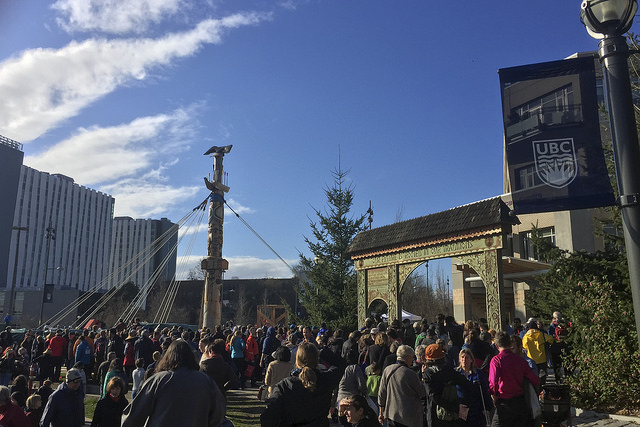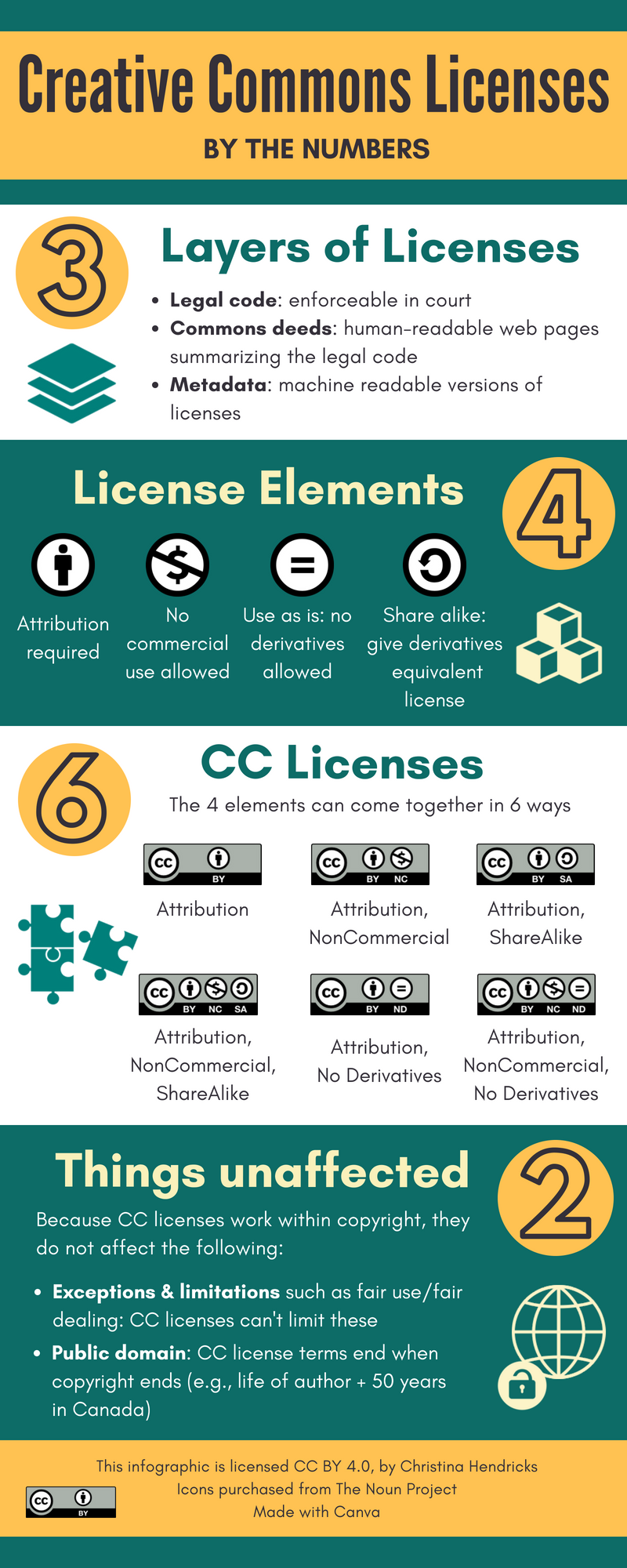When I came here to write this post I realized just how long it had been since my last post–ten months! When I look back on it this isn’t surprising: I started in a 100% secondment role as the Academic Director of the Centre for Teaching, Learning and Technology at UBC Vancouver on July 1, 2018, and on top of navigating a very new role I was also teaching a course from January-April 2019.
Since then, most nights and weekends I’ve been working hard on another project that it appears I’ve only written about once here on this blog: a series of open textbooks for Introduction to Philosophy courses. In another post I’m going to explain more detail about the process we have been using to get these off the ground. Suffice it to say I have a much better understanding of all the work that goes into producing a book for publication! But that’s for another day.
This post is to give an overview of the project, by sharing some slides and talking about a presentation I did with Zoe Wake Hyde of the Rebus Community (the community organization that allows for such projects to get going, get working, get done, and get published!). We had a short session at the Cascadia Open Education Summit in April of 2019. We talked about this open textbook series for philosophy and also the Rebus Community itself and how it supports such projects.
Presentation
Here are our slides:
I think Zoe’s portion (second half) is fairly self-explanatory but I’ll take a little space here to explain my portion.
The beginning
I began by talking about how this whole project got started: I went to a session by Hugh McGuire at the BCcampus Open Textbook Summit a few years ago (I can’t remember which year it was, but maybe 2016). He was talking about projects like LibriVox and Pressbooks, among other things, and I remember asking him about crowdsourcing a textbook like LibriVox crowdsources contributions to creating audiobooks. I said I didn’t have any money/grant funding, but wanted to get an open textbook in my field going and what might be some options.
I can’t remember his answer at the time, nor how much time passed after that before I heard from him again with another project he has called Rebus. The Rebus Community was in early days and we talked about this open textbook in philosophy possibly being one of its projects. We discussed how big of a project it really was and how daunting, but agreed to give it a go.
Little did either of us know…
From one book to nine
I began working closely with Zoe, and then with Apurva Ashok as well, and soon one book turned into a series of books. This is because we had a lot of interest and people willing to contribute. We started with a single book that had multiple parts like Epistemology, Ethics, Aesthetics, Metaphysics, etc., and each part had what we called a “part editor” in charge of drafting and outline and finding authors to write chapters for that part. But many of the editors had drafted outlines for chapters that could, it turned out, just as easily turn the parts into coherent books all on their own. So that is what we did, rather than create one very large book.
We now have nine books in the series, and through some changes in editors have book editors for all but one as of September 2019. Each editor is responsible for creating an outline of chapters and choosing authors for those chapters (within rough guidelines such as that we would like to have authors with a PhD in philosophy, or who are in a PhD program, and who ideally have taught at least one course at the introductory level). The editors work with the authors to complete chapters according to the author guide for the series, and get everything ready for peer reviews (during that time I, as the series editor, also review the chapters). After peer reviews are complete, the editors work with the authors to get edits done and prepare the books for copy editing and final production. The authors also write an introduction to the book, and several are writing one of the book chapters as well.
Processes
We were figuring out processes as we went along, such as how to recruit editors and authors, what kinds of guideline documents we needed (such as the author guide, the review guide, the book editor role description, how to set up the chapters for peer reviews, and more). These have been created as the need arises, with the help of Zoe and Apurva at the Rebus Community. Everything was done on google docs to facilitate easy collaboration and commenting functions.
In terms of recruitment, we mostly tried to get the word out about the project and recruit authors and editors via email listservs in philosophy. I also used Twitter and I know a few people heard about the project that way. There are a number of philosophers on Facebook but I closed my account awhile back and so haven’t connected with people that way to recruit participants. We have also had numerous calls for participation posted through the Rebus Community newsletter and on the project’s discussion threads at the Rebus Community forum.
Successes
The help of the Rebus Community has been invaluable. This project was one of its pilots and their work on the project helped inform some of the support resources they have created for others to use in their OER projects (as Zoe’s slides mention). For our part, this project simply would not have happened without all the help they provided in setting up guideline documents and workflows and helping me figure out just how this sort of project was going to work. Their help has enabled me to take over after we have together seen a few of the books go through most of the steps towards publication, so I can now do most of the things Apurva and Zoe were doing in the beginning.
I am really excited by the covers for the book series, which were designed by Jonathan Lashley and feature artwork by one of the book editors, Heather Salazar. Jonathan and I were OER Research Fellows at the same time, and after he saw a request from me for help with the project he offered his design skills. I am thrilled with the design that has resulted.
Challenges
I had no idea how long it would take from ideation to completion of just one book in the series, and the answer seems to be: two years. That is partly because we ended up working on all of the books at once, given the way things worked out (because we originally were just going to do one book with multiple parts). I think if we had done one book at a time it would have been shorter! But doing them all together meant trying to organize the work of 9 book editors and 5-10 authors per book, with all the recruitment that needed to happen, plus keeping track of what was happening with each book–who was writing which chapters and by which due dates, who was expressing interest in helping in other ways such as peer reviewing or copy editing, etc. That was and remains a big task.
Another challenge was that I didn’t know we needed a style sheet until late-ish in the game, so while we had an author guide it didn’t have specifics on style until after many chapters had already been written. We have one now, but even at this point it is a work in progress as new things come up that I realize need to be standardized. Not having any experience with publishing, it’s not surprising perhaps that I didn’t realize this needed to happen early on, but it does make things more complicated when you create one partway through. It leads to authors getting mixed messages, which is not good.
Quality control is always going to be somewhat complicated in a project like this. When you have many volunteers writing chapters, with different levels of experience writing for an introductory-level audience, it’s likely that there is going to be some back-and-forth to get to the point where the chapters are all publication-ready. This has taken much longer than I realized it would, though it’s not surprising–we’re all doing this off the sides of our desks, and most of my work on the project happens after work hours when I get a chance, so a good deal of the delay was on my part!
Regarding communications: we started off doing most of the communicating about the project (between the editors, authors, myself, and Rebus) on a public forum at the Rebus Community. Then there was a change at Rebus to a new platform, and we tried moving discussions over there, but it just didn’t pick up quite the way it had before and our communications moved mostly into email. This was a challenge for a couple of reasons: (1) it was harder for me to keep track of what was going on in each book across many, many emails, and (2) we lost the value of having public discussions in regards to others being able to see what was happening with the project. I think to many it may have seemed like the project was not moving ahead when in fact we were doing a lot of things “behind the scenes,” as it were. I started doing more announcements about the project on the Rebus Community pages and copy editing and formatting conversations for Philosophy of Mind and Ethics are happening there. But I haven’t worked to get all the conversations between editors, authors, me and others back on the forum (yet).
Zoe’s slides
I think these don’t need much more commentary, so I’ll mostly let them explain themselves.
I do want to highlight a point she makes in them about DEI (Diversity, Equity and Inclusion), though. The topics and the personnel in the series reflect the discipline generally in North America, insofar as the books focus mostly on philosophical works by European and North American authors, and the topics that that group has focused on over the last few centuries. There are quite a number of underrepresented groups of people in academic philosophy in North America, and the makeup of our authors and editors generally mirrors that.
It is challenging when you are relying on volunteers, and doing so on a piecemeal basis–we have kept the calls for authors open until we fill the chapters with people who are qualified and willing, rather than having a competitive call for authors that has a specific deadline. Thus, we have tended to fill the chapters with first-come, first-served amongst those who are qualified who volunteer. This is partly due to the fact that volunteers have trickled in rather than come in large groups, and because we don’t know when we’ll next get another.
Still, I should have done more in this area, emphasizing it further from the very beginning and changing our practices where needed. That is a lesson learned, and something I’ll be working on as we move from publication to considering later editions. One valuable thing about open textbooks, though, is that those who use them can revise and edit as desired (ensuring that original credit to the author is given), and thus other editions could be created even by others beyond our group.
Your thoughts
Any questions about the project? Comments? Please leave them below!






